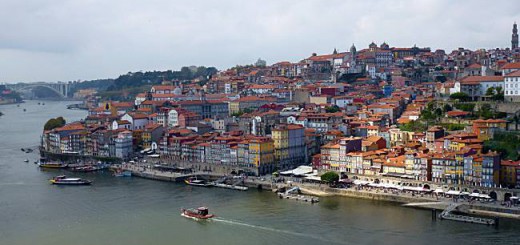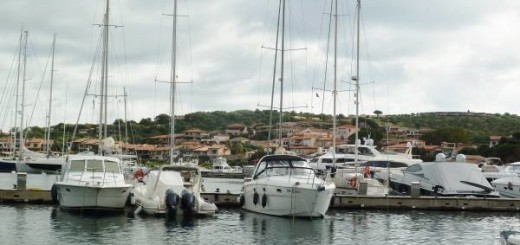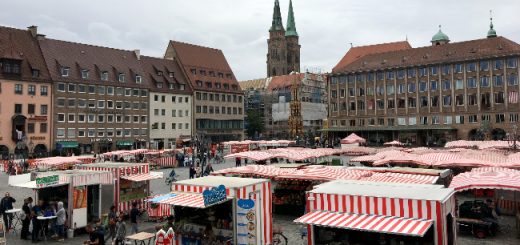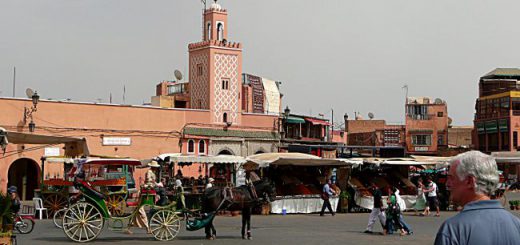London Revisited
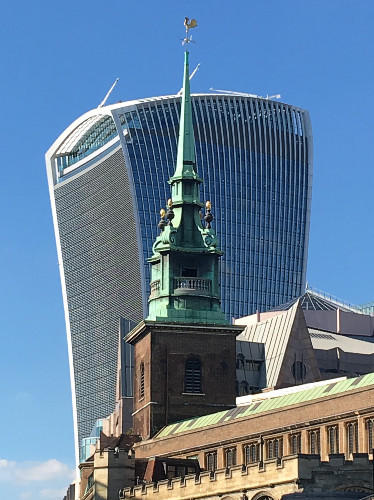
Our first visit to London had been back in August 2003, during a heat wave of 38 degrees celsius. We had ridden on the top of a double-decker Hop-On-Hop-Off bus to see many of the tourist sights, but one important location had eluded us – the Tower of London. And seeing the city again 15 years later, we were surprised at how many new buildings there were now, some at such odds with their forebears. Now we would have a full day before our coach tour began to fill in some pieces of the jigsaw as well as catch up with a second cousin.

Kathy picked us up from the London City airport and gave us the Cook’s tour of London as she ferried us to our hotel in Hammersmith. It took two hours to go 25 km, and Kathy took some short cuts!! After some well deserved rest we headed out to dinner at her favourite Greek restaurant. The next day we were off on a search to find the house where my mother was born in Kensington in 1919, and then where she had lived in Golders Green as a toddler before migrating to Australia. It was very emotional. Next Kath treated me to a visit to Hamstead Heath, only 8km from the city centre, but a world away from the hustle and bustle of the metropolis.

The afternoon was devoted to visiting the Tower. Not wishing to spend another minute on the London roads, we took the tube! Much maligned in history as a place solely of torture and imprisonment, this 1,000 year old castle was primarily a royal palace and secure fortress to protect the Crown Jewels. Much has been written about this attraction, so I will restrict my comment to those aspects which caught our interest.

The spectacular Crown Jewels are safely enclosed by bombproof glass and carefully watched via CCTV. Provision has been made to enable 20,00 visitors per day, but luckily for us, on that day the crowds were not too great and the queue was not too long. Unfortunately photographs are forbidden due to security concerns. Outside the building in which the jewels are kept – the former barracks known as Waterloo Block – the Royal Scots Guards maintain a presence, much to the delight of snap-happy tourists.

Our entry tickets included the opportunity to take the Yeoman Warder guided tour. Popularly known as Beefeaters, the 38 Warders are also responsible for guarding the Crown Jewels, meeting and greeting visitors and some ceremonial duties. They actually live with their families within the Tower grounds. One of the Warders is also responsible for the six ravens who live on the grounds. It is said that if the ravens ever leave, the Crown will fall and Britain with it. It is unlikely, since they have their flight feathers clipped on one wing. Our guide was a real showman who obviously took great pleasure in bringing history alive for us with his often macabre tales of the past.
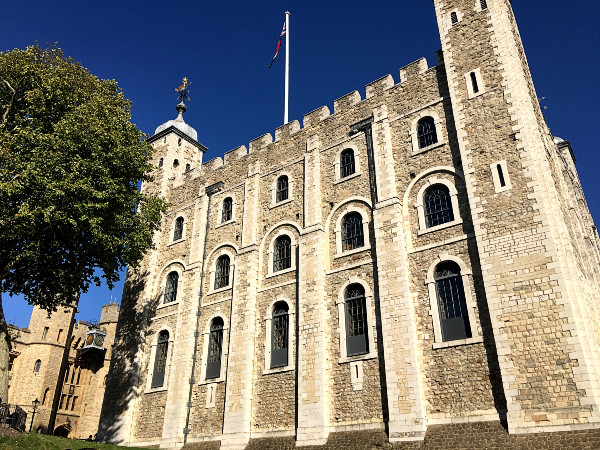
The Tower of London was begun shortly after the arrival of William the Conqueror in 1066. The tower or keep which gives the complex its name is the central White Tower. This provided accommodation for the various kings and their courts as well as a chapel. It was also used as a prison for various enemies of the Crown and, famously, the young sons of Edward IV, who disappeared while imprisoned there by Richard III. Today it holds a fascinating display of the Royal Armouries.
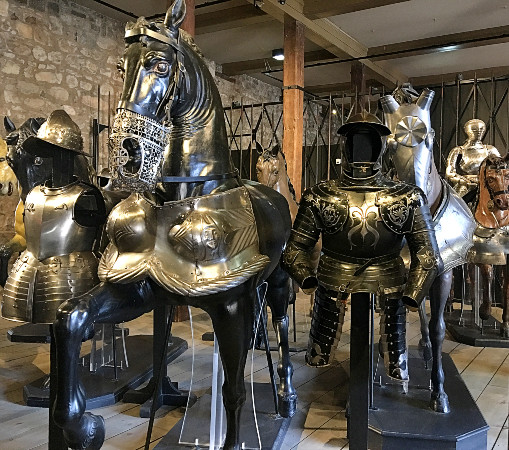
The Tower of London lies beside the Thames River, from which a private water access to the Royal Palace was afforded by an entrance which became known as the Traitor’s Gate, since it was later used for conveying prisoners to their captivity, torture or execution.
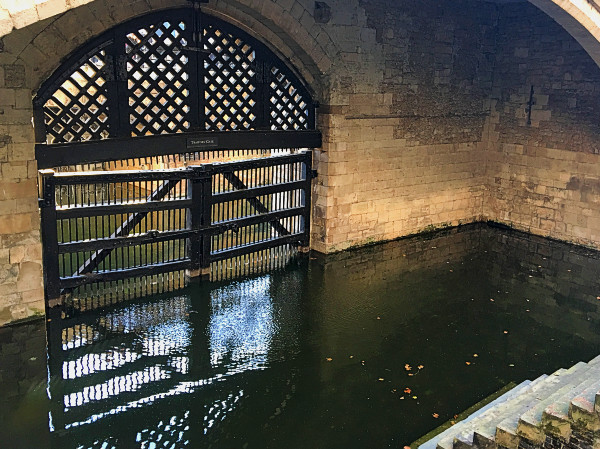
It was easy to spend a few hours discovering the many facets of this interesting 12 acre complex. We saw the Headquarters of the Royal Regiment of Fusiliers and the Regimental Museum, a torture display, sculptures representing the Royal Menagerie of exotic animals that once occupied one of the towers, recreated medieval palace apartments and the Tower Green execution site.
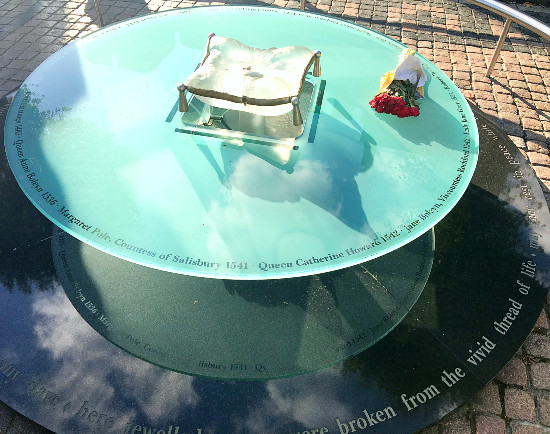
On this now pleasant green space ten people were beheaded, including Queens Anne Boleyn and Catherine Howard, and Lady Jane Grey. There is now a sculpture there dedicated to the memory of all ten. At one end of the Green is the Royal Chapel which also houses the remains of several of those unfortunates executed.
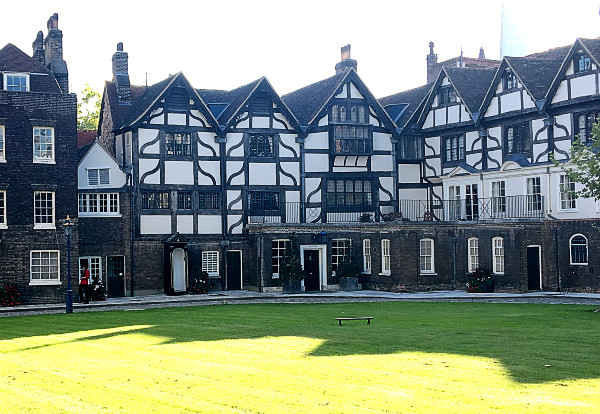
At the other end of the green is the grand half-timbered Tudor style Queen’s House. It really stands out in contrast to all the solid stone walls and towers that make up the majority of the complex. Built in 1540, it survived the Great Fire of London due to its location behind the stone castle walls. It was once the residence of the reigning sovereign, but now houses the Resident Governor of the Tower.
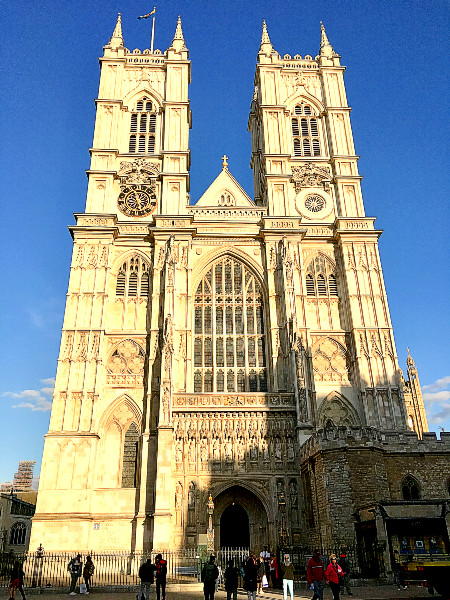
Our afternoon exploring the Tower was followed by a wander around Westminster. Unfortunately there was a service in progress at Westminster Abbey, so we were prevented from entering. This magnificent Gothic building was commenced in 1245 as an abbey church. It has been the site of coronations and burials of English/British monarchs since 1066 and the site of many royal weddings.
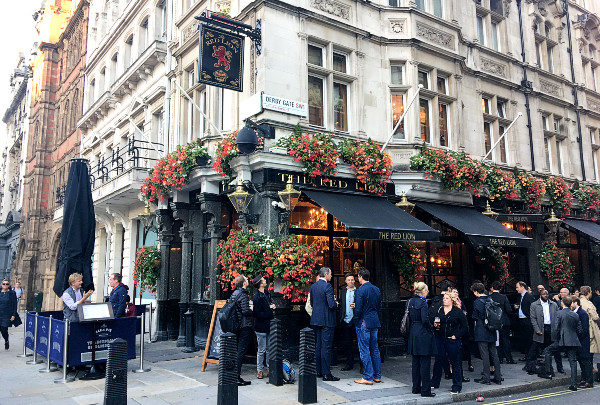
We concluded our day in London with a meal at the nearby Red Lion pub. It stands on the site of a tavern from 1434 and claims Charles Dickens and many Prime Ministers as historical visitors. Our coach tour of England, Scotland and Wales was to start the next day and we looked forward to seeing the natural landscape and learning more about the history of the land of our forefathers. Eating in one of London’s popular, attractive and historic pubs was a fitting finale to our London visit.



